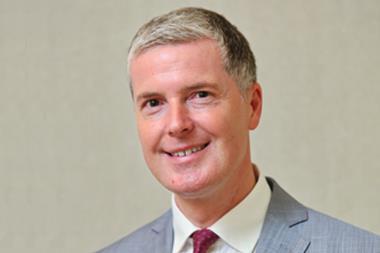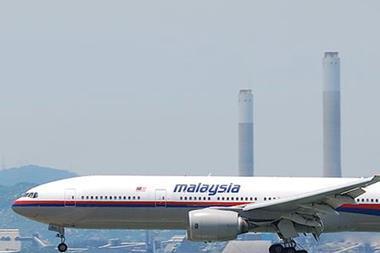As I write this, the sun is blazing down on Sydney and the wind is howling through the eucalyptus trees that, with their oily leaves and dry bark, provide such excellent fuel for fires
More than 50 bushfires are currently burning in the mountains west of Sydney and in other areas across the state of New South Wales (NSW), and many of them are out of control. Sydney stinks of smoke, from the foot of the mountains all the way to the city’s famous harbour.
Hundreds of homes have been destroyed so far, and the Insurance Council of Australia estimates about 1,000 claims worth more than $100m have already been received by insurers, with many more anticipated.
As the arguments continue about whether or not climate change is to blame for the increased frequency of bushfires – and natural catastrophes in general – an occasional wise voice can be heard above the squabbling.
One such voice is that of the Dean of Agriculture and Environment at the University of Sydney, Mark Adams. He’s one of the country’s foremost authorities on bushfires, and he says that continuous changes in the policies of public-land management over the past three decades have disrupted forest and fire management, resulting in large increases in fuel loads in most forests.
“If you want to pick one thing that will change Australia’s biodiversity, it won’t be climate change, it will be fire,” Adams says in the current issue of his university’s alumni publication. “If you are worried about biodiversity, if you are worried about greenhouse-gas emissions and if you are worried about changing climates in Australia, then you can’t afford to forget about bushfires,” he says.
Adams believes fire is a great contributor to greenhouse-gas emissions, citing research on the 1997 Indonesian forest fires that assessed their contribution as being equal to about 50% of the annual global emissions of carbon dioxide.
I love this quote from the same article: “Most of the public understand the flora and fauna are highly adapted to fire. They understand you can use fire to mitigate the worst effects of the biggest, nastiest bushfires. So why the hell don’t we do it?
“We can’t really afford to lose the public on this one. There is too much dependent on it. We have to try and keep the messages simple. To change behaviour you have to be consistent and constant. You need a very clear message and use it day in, day out.”
If only the smoky skies over NSW today were as clear as Adams’ thinking.
Yours in risk,
Sean Mooney
Asia editor

















No comments yet